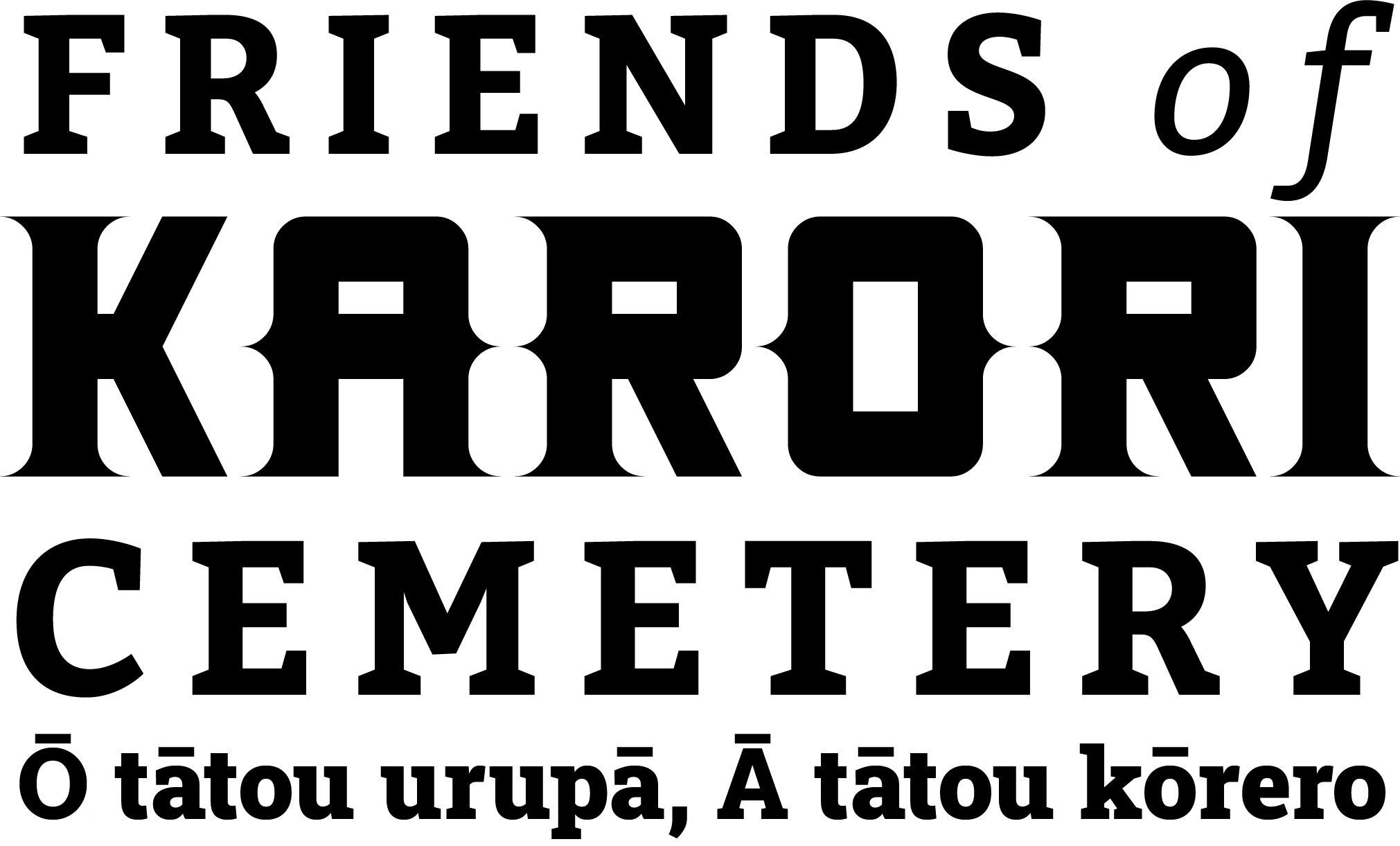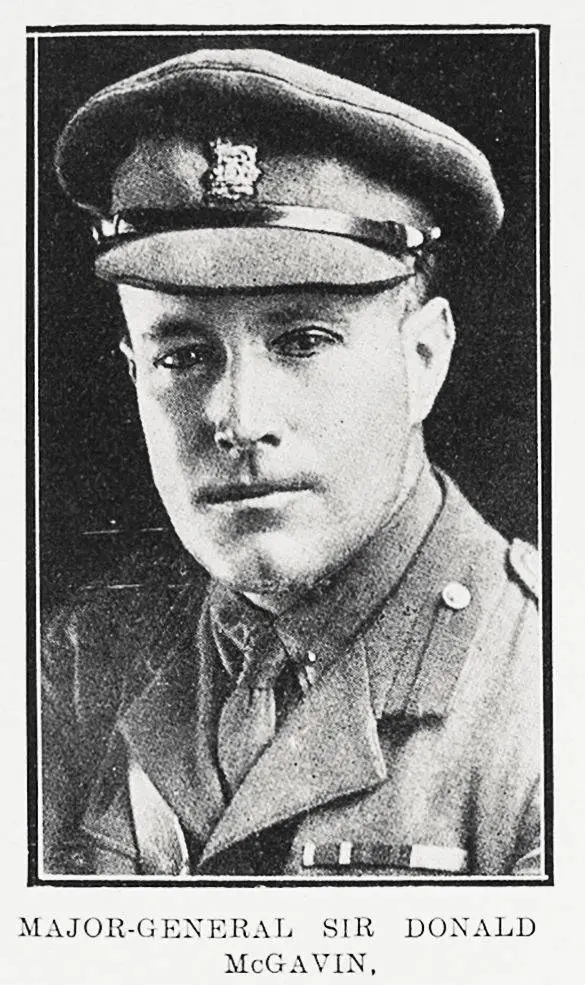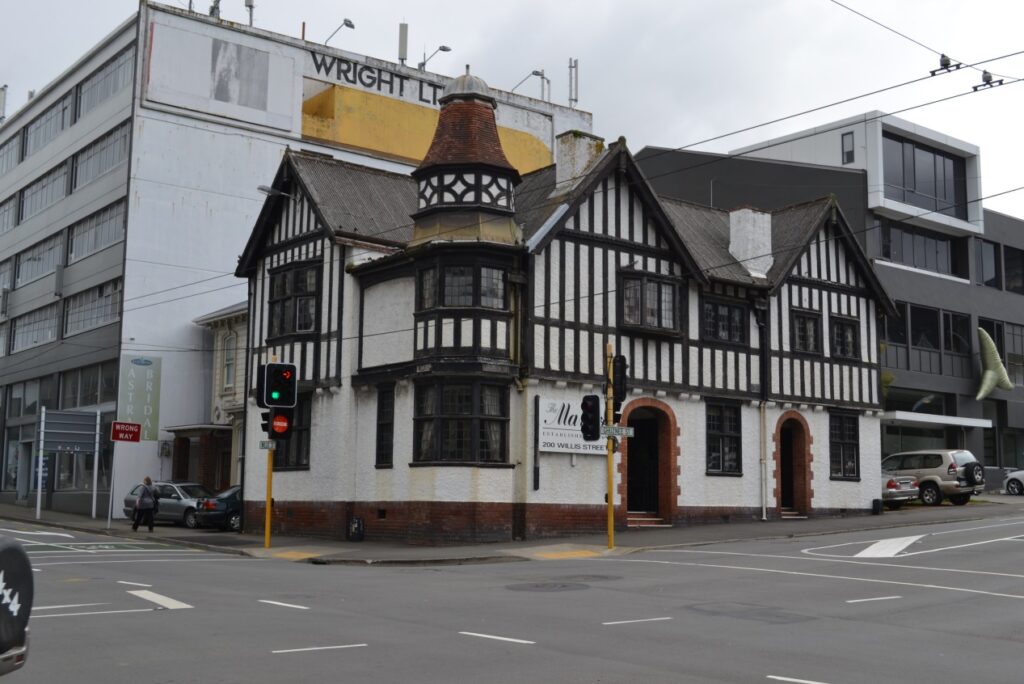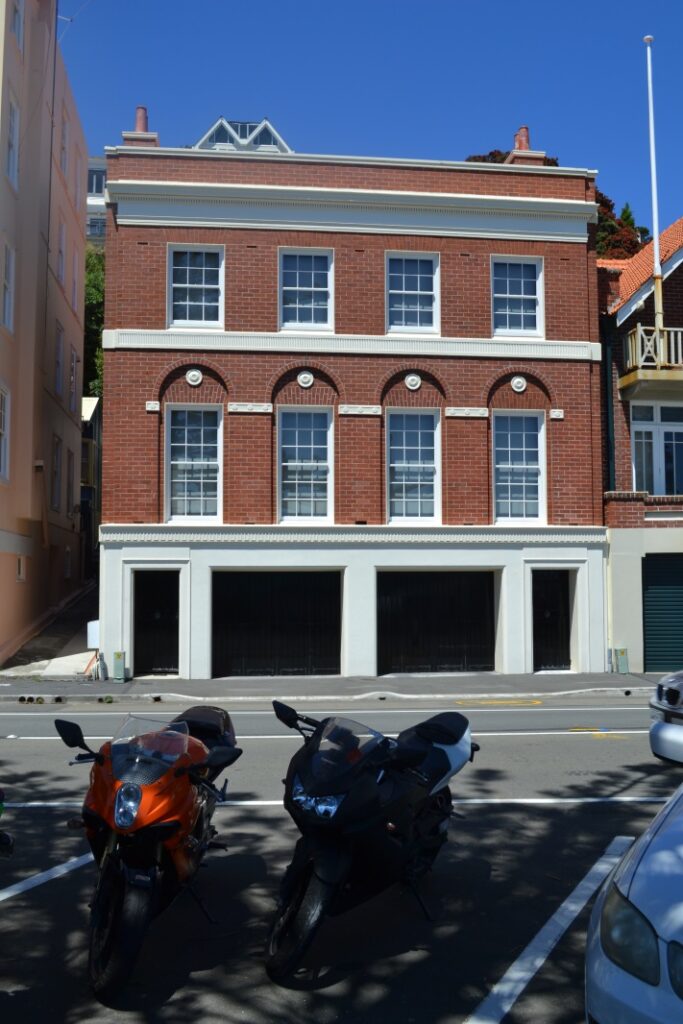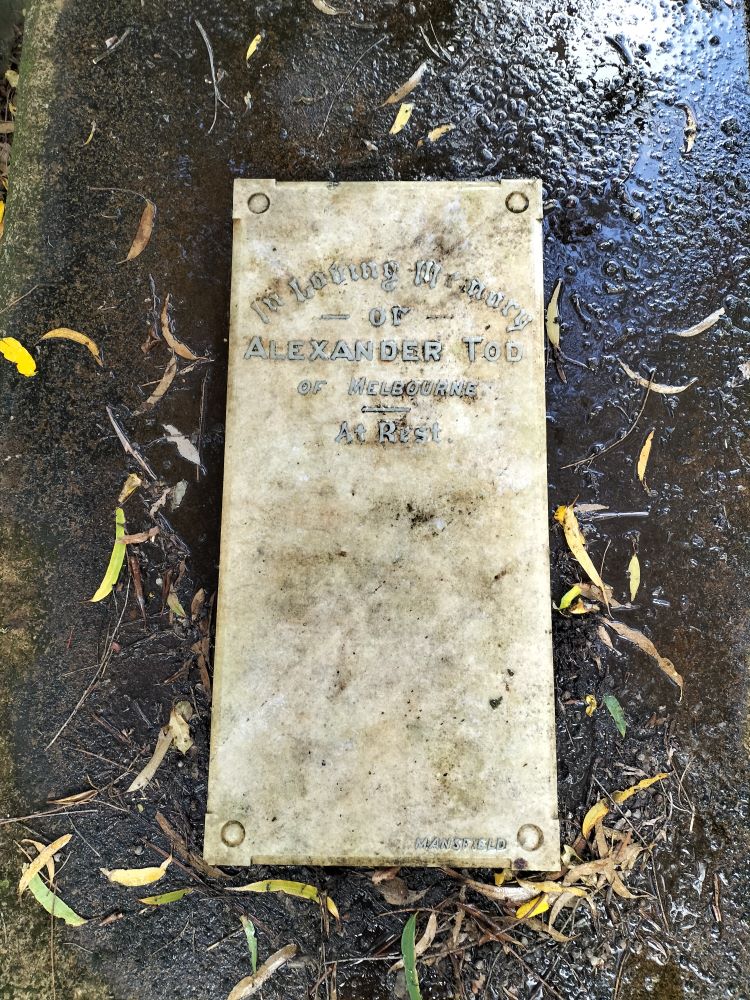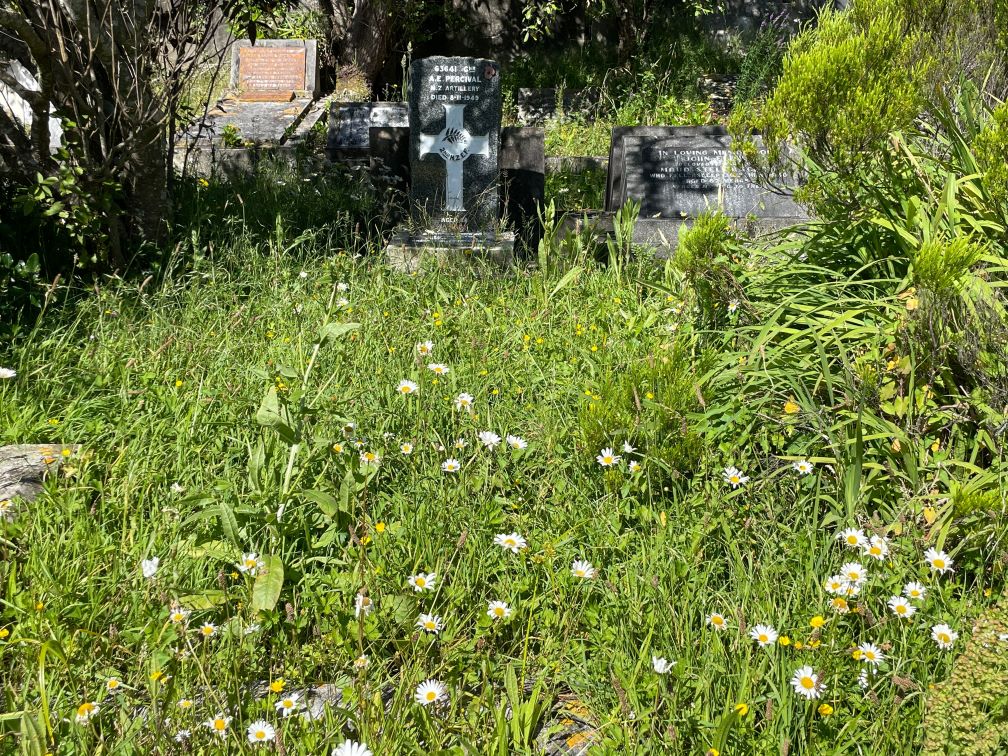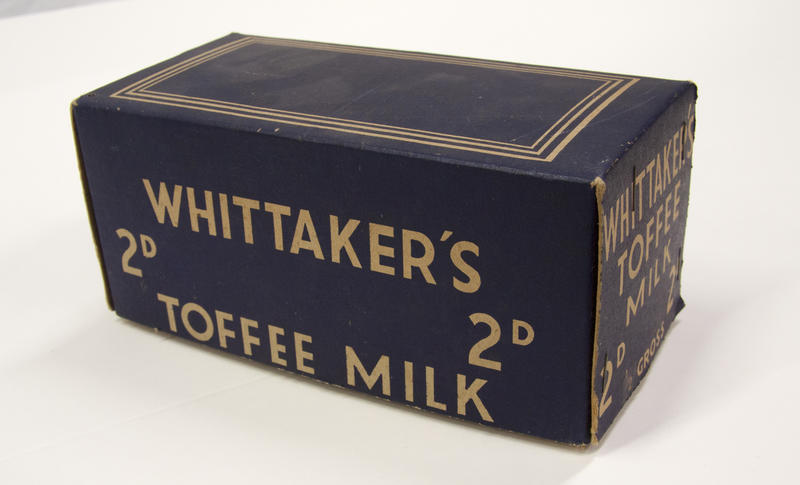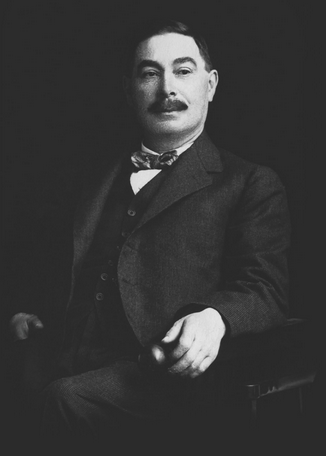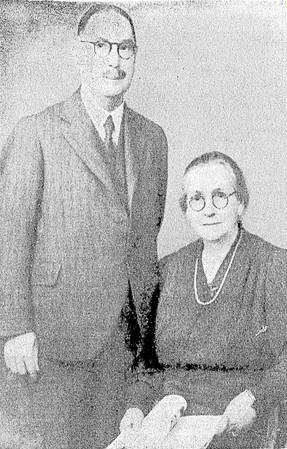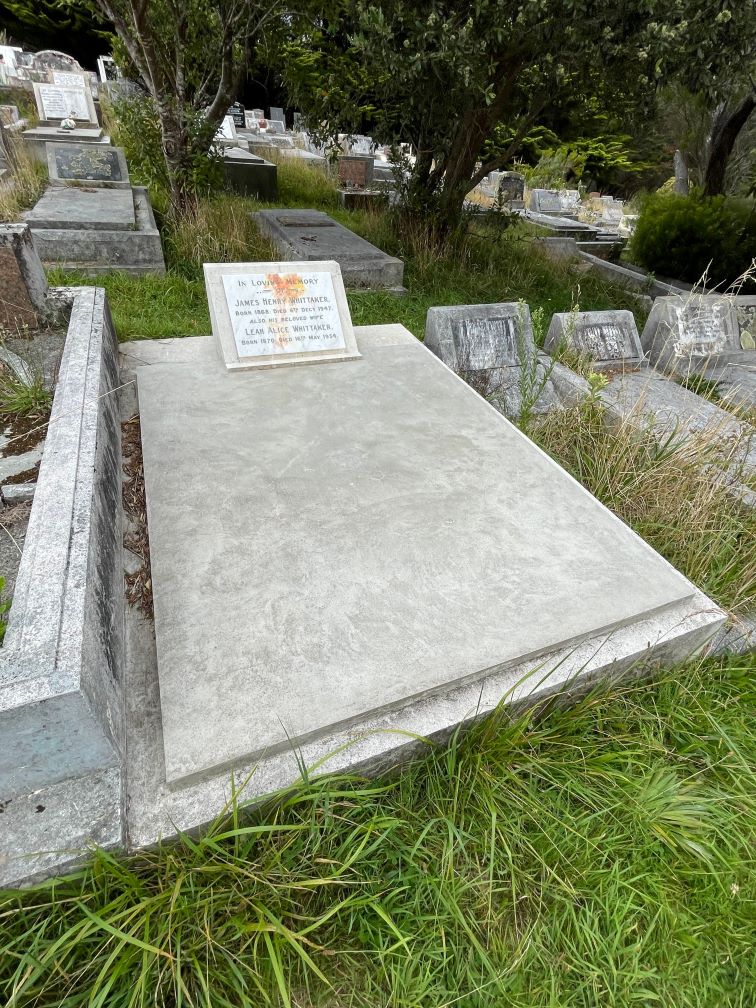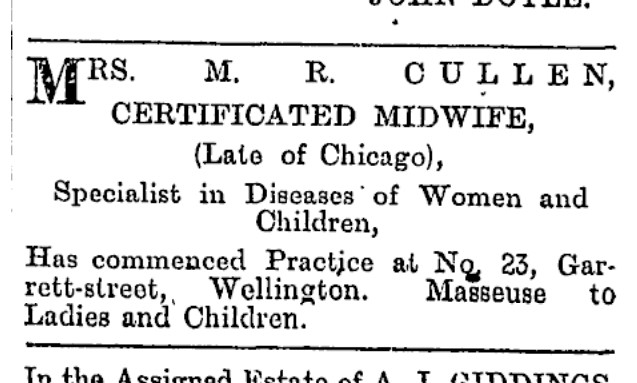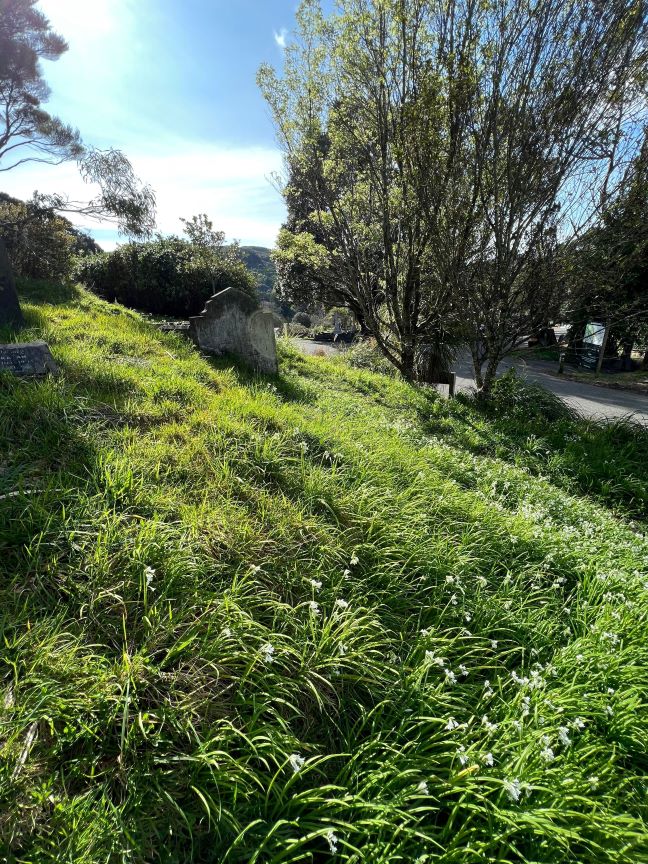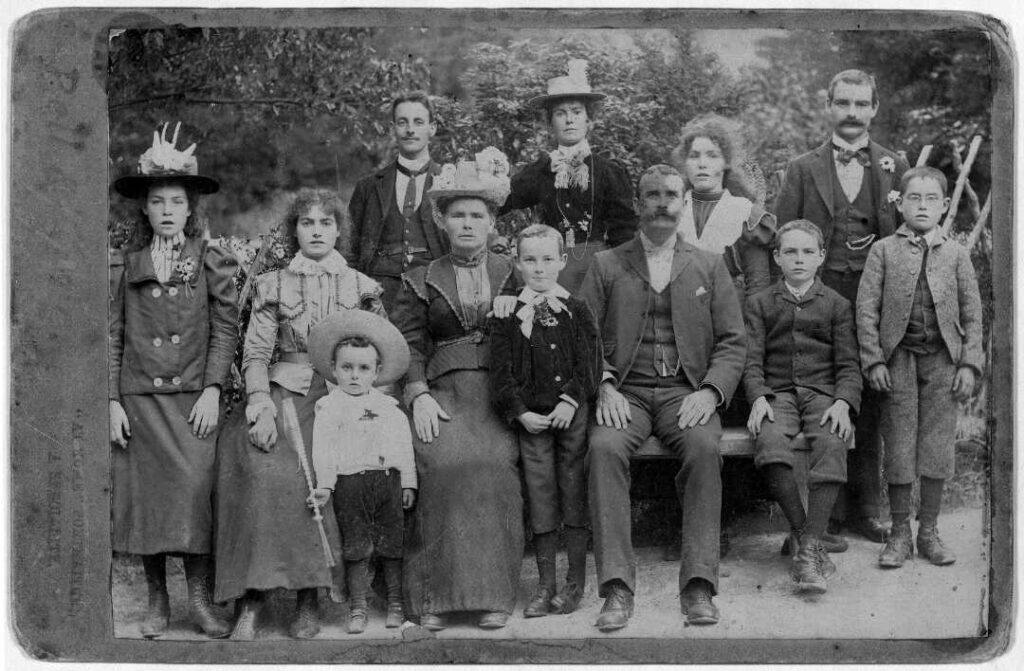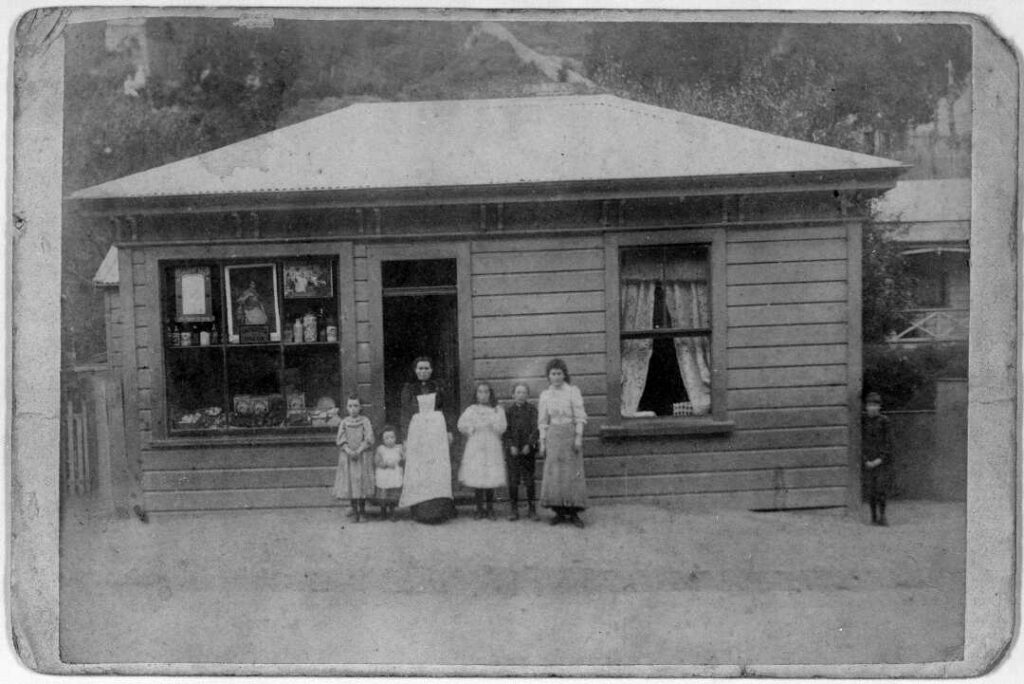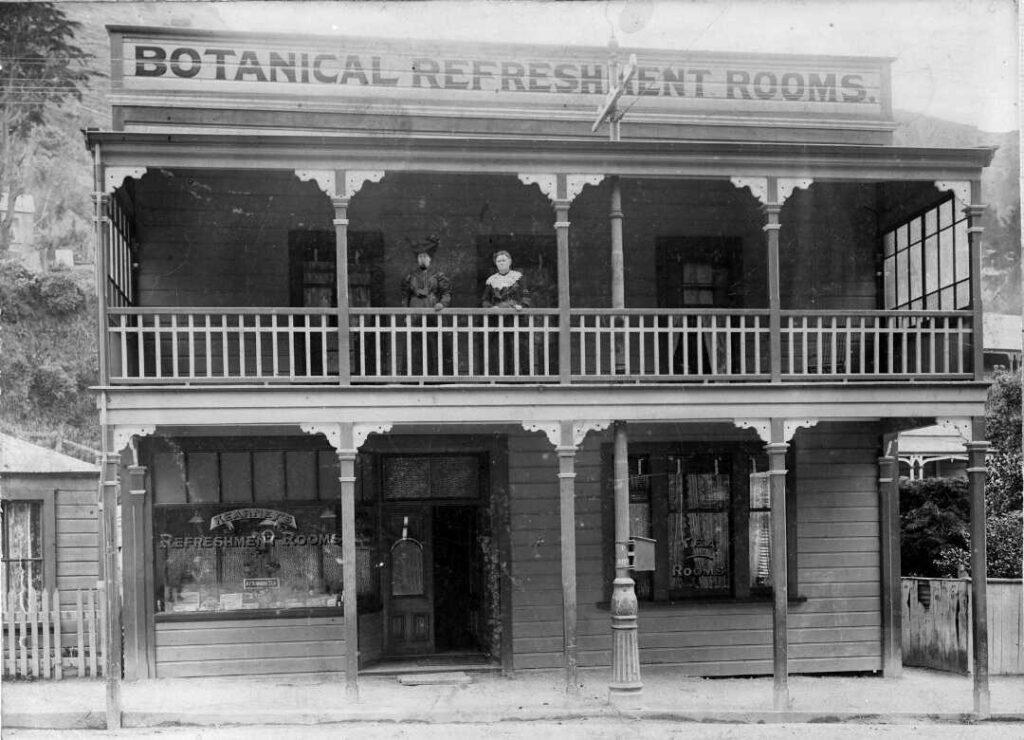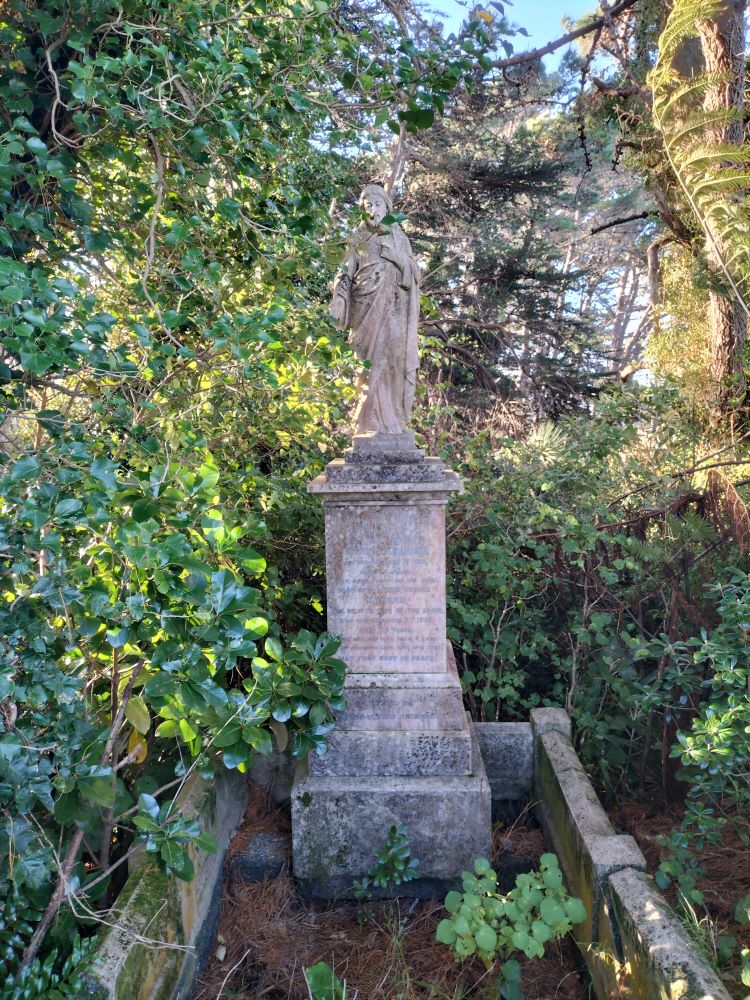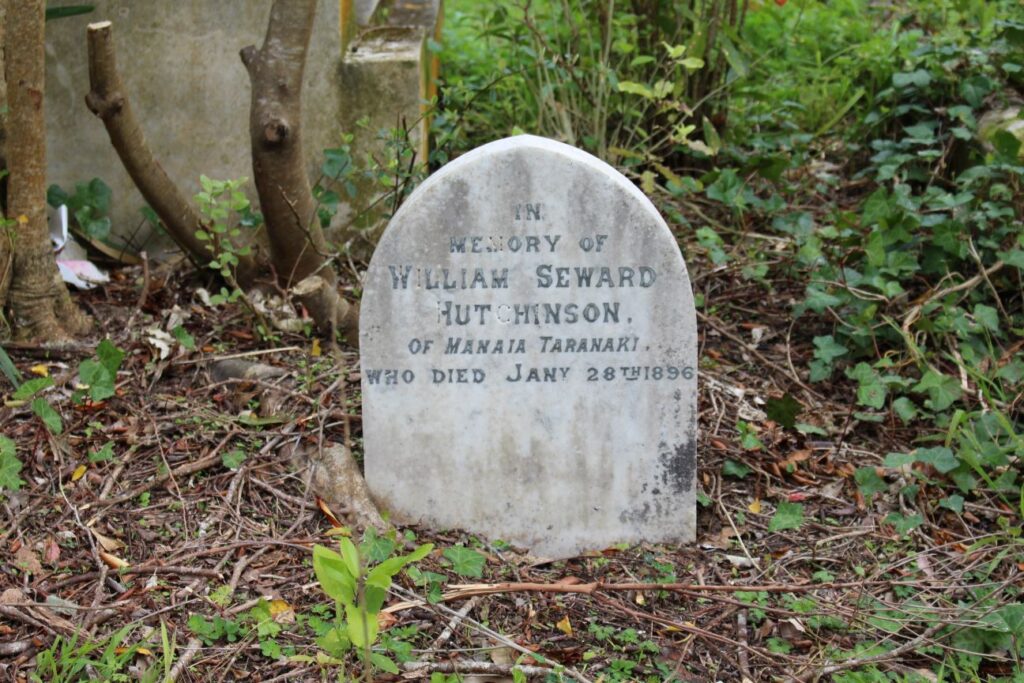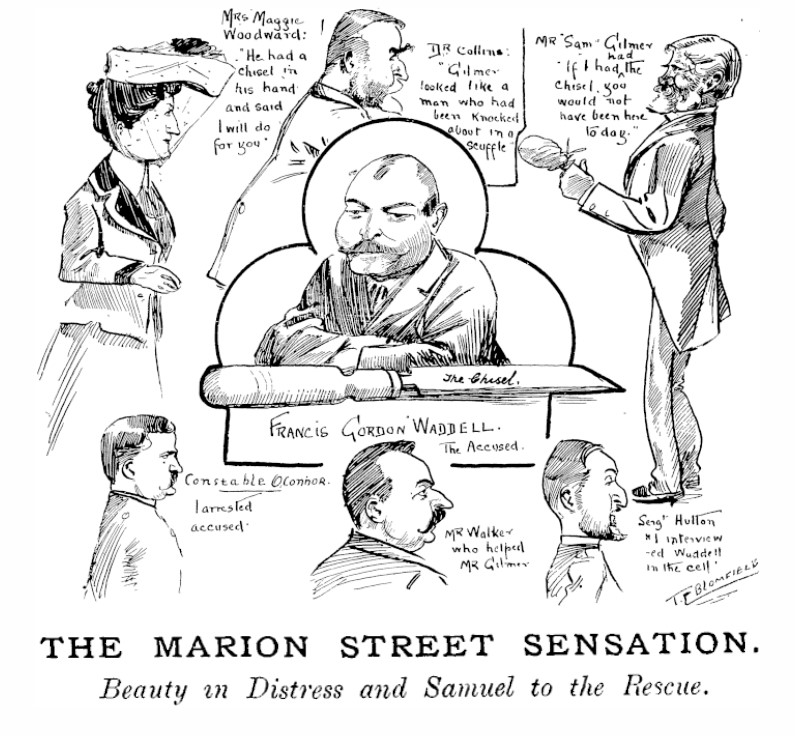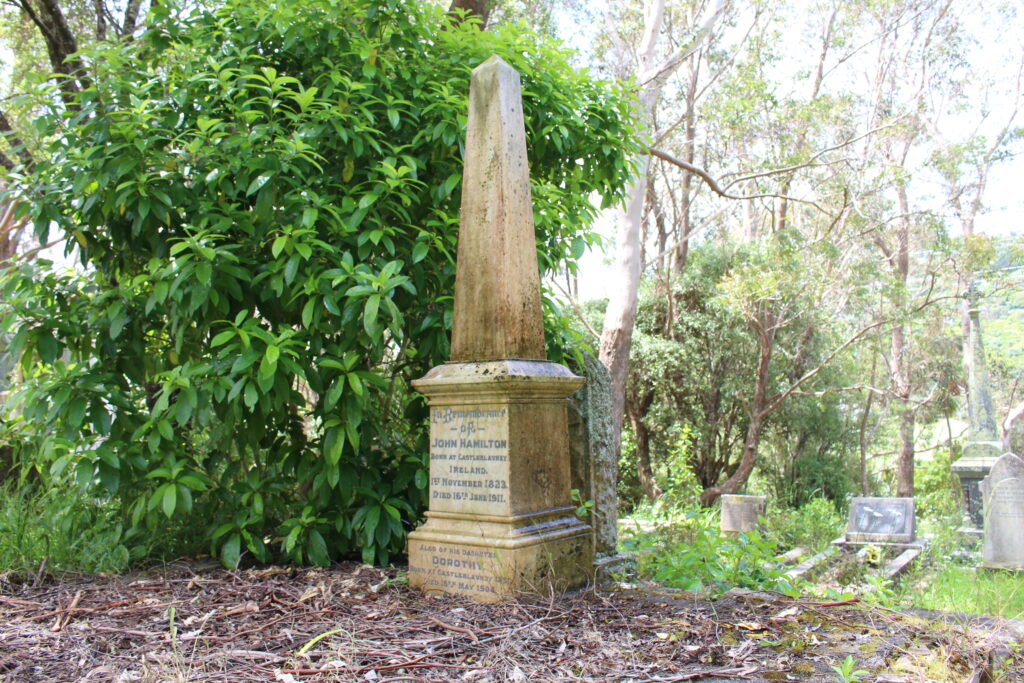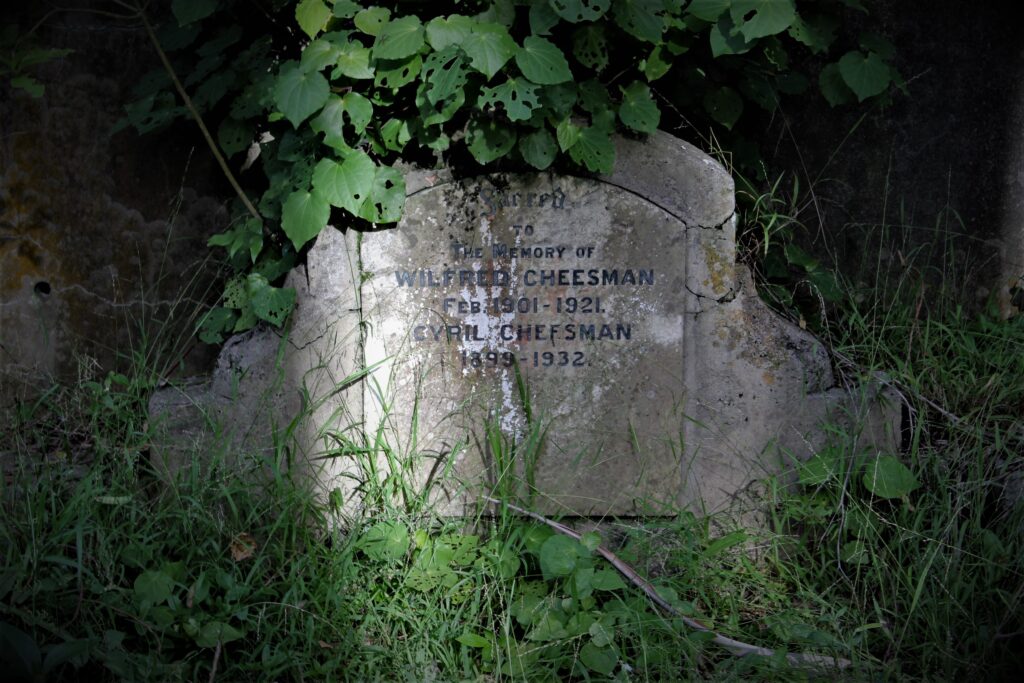Died 1897
Mary Gardner (or Gardiner) married John Stockbridge in Wellington in 1883 when she was 18 and he was 32. John was born in Wellington to Stephen & Mary Ann Stockbridge (buried at Bolton Street).
Initially the couple lived at ‘Kaiwarra’, although John had land interests at Ohiro. Together they had seven children: Ada, Eva, Alice, John, William, Harry and Annie.
In 1887 the family were living in Cottleville Terrace, Thordon. John was selling off their posessions: ‘8 chairs, 5 large pictures, 2 tables, 1 fender, I looking glass Being hard up, I will sell them cheap’.
Their fortunes must have changed as by 1889 the family lived in Russell Terrace, Newtown and John was letting out cottages he owned.
Mary died on 29th April, 1897 aged 31. Her children ranged from 16 months to 12 years old.
John, ‘given to distraction by grief’ started drinking heavily. A medical professional was called to see him and he advised John to refrain from drink. He continued however, and on the Sunday took a bottle of whiskey home with him. On the 9th of June his little daughter called in some neighbours for help. They found John ‘in extremis’ and he died shortly after. He was not ordinarily a heavy drinker. Dr Alexander who was called in when John died refused to certify as to the cause of death. The coroner did not deem an inquest necessary.
On 14th July at the Magistrate’s Court, George Dennis of the Waverley Hotel Newtown, was charged with having sold a bottle of whiskey to a girl named Ada Stockbridge, a girl under the age of 13 years, for consumption off the premises. After calling several witnesses, Mr Gully said he could not press the case and the charge was dismissed.
John’s estate was managed by the Public Trust and was valued at £1100. Presumably the children were raised by the aunts and uncles. We can see that Ada, Eva, John and Willie Stockbridge attended St Paul’s Sunday School 1899-1900.
We traced what happened to John and Mary’s children:
Ada Stockbridge ‘of Kaiwarra’ married Alex Lindop in Carterton in 1905. She was given away by her uncle Charles Gardiner. There was a family with the surname Gardner living at Kaiwarra, including a Charles Gardner. They all worked as butchers. But we have not been able to connect Mary to them as their sister.
Alice ‘of Kaiwarra’ married Thomas Skipage in 1907. John junior fought and was wounded in WWI. Annie married William Hopkin in 1924. Eva married Edward Hawker in 1932. William trained as a butcher and married Sarah Darragh in 1928.
Plot: *Ch Eng/B/60
By Julia Kennedy

Stockbridge plot

Stockbridge headstone
